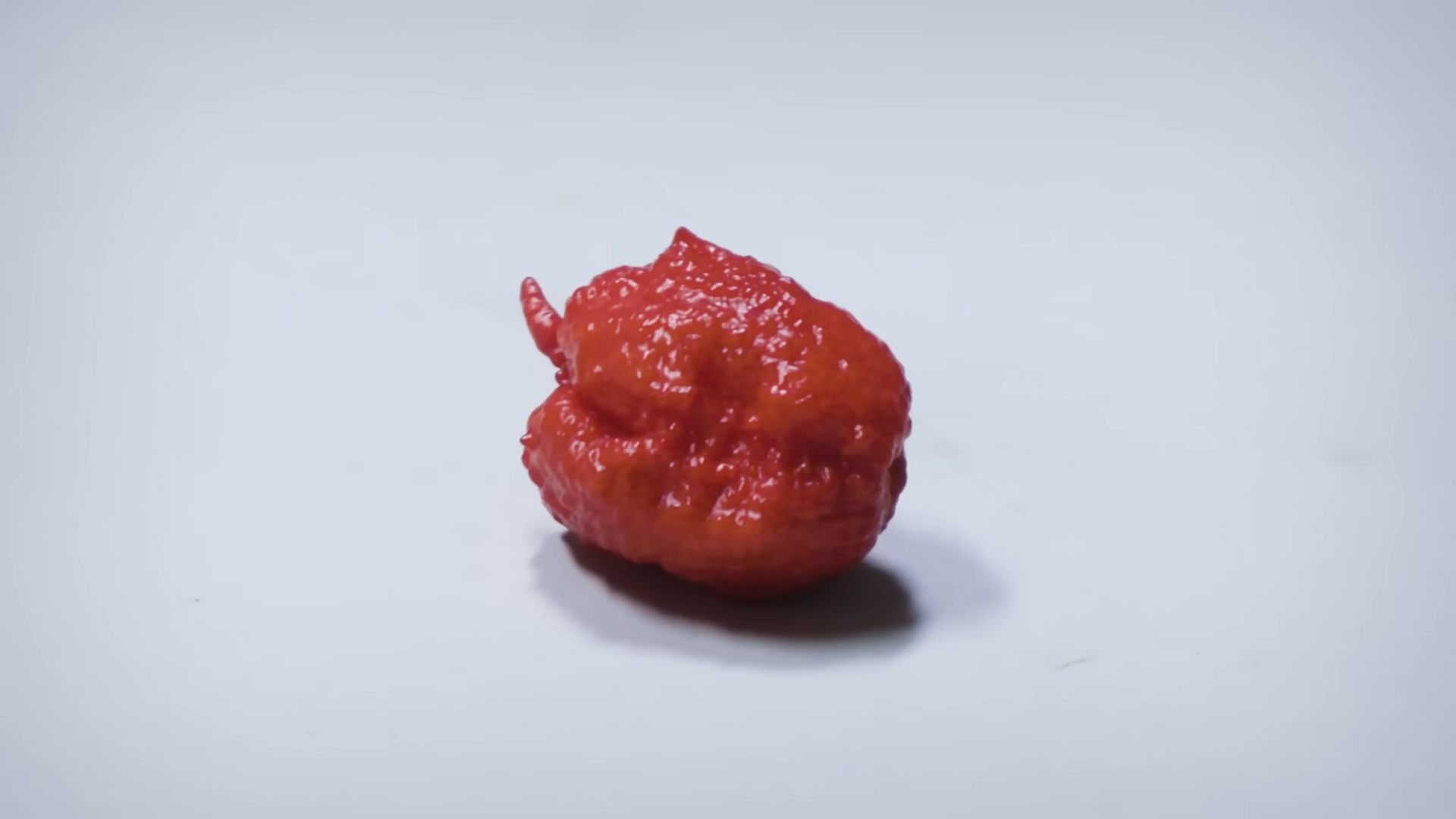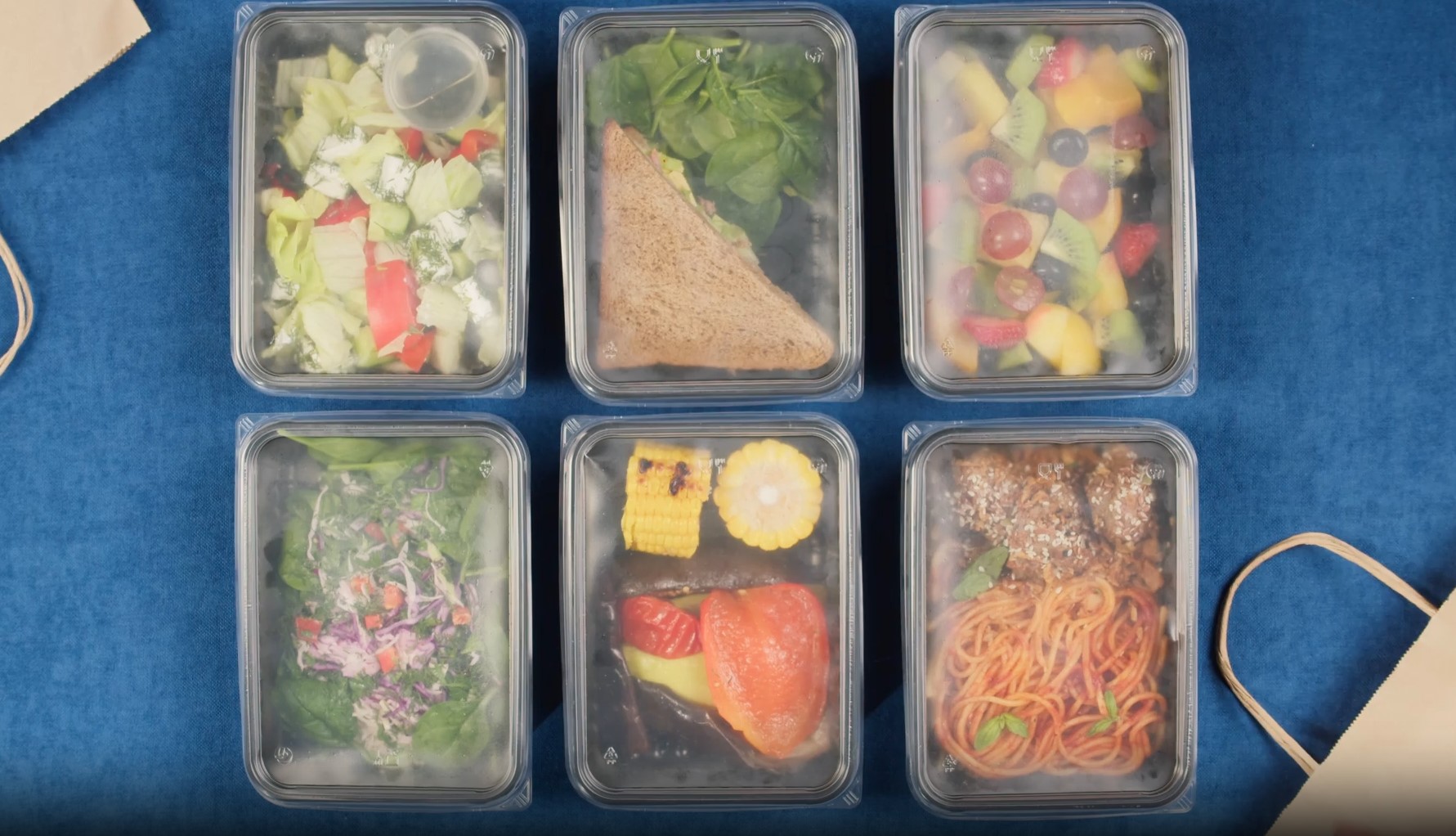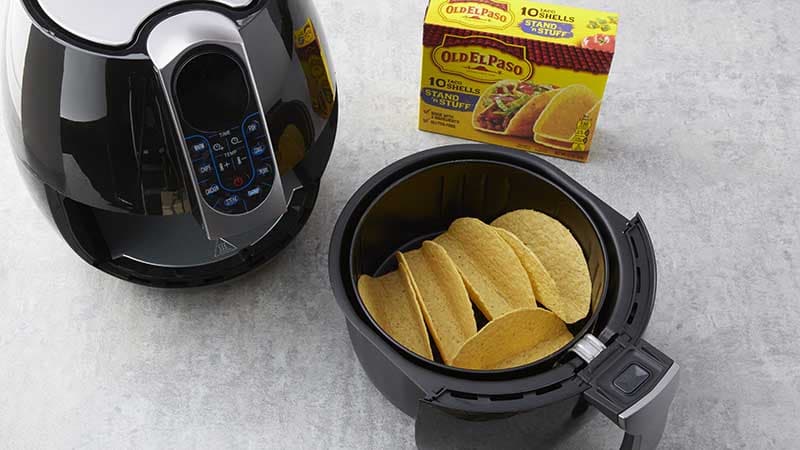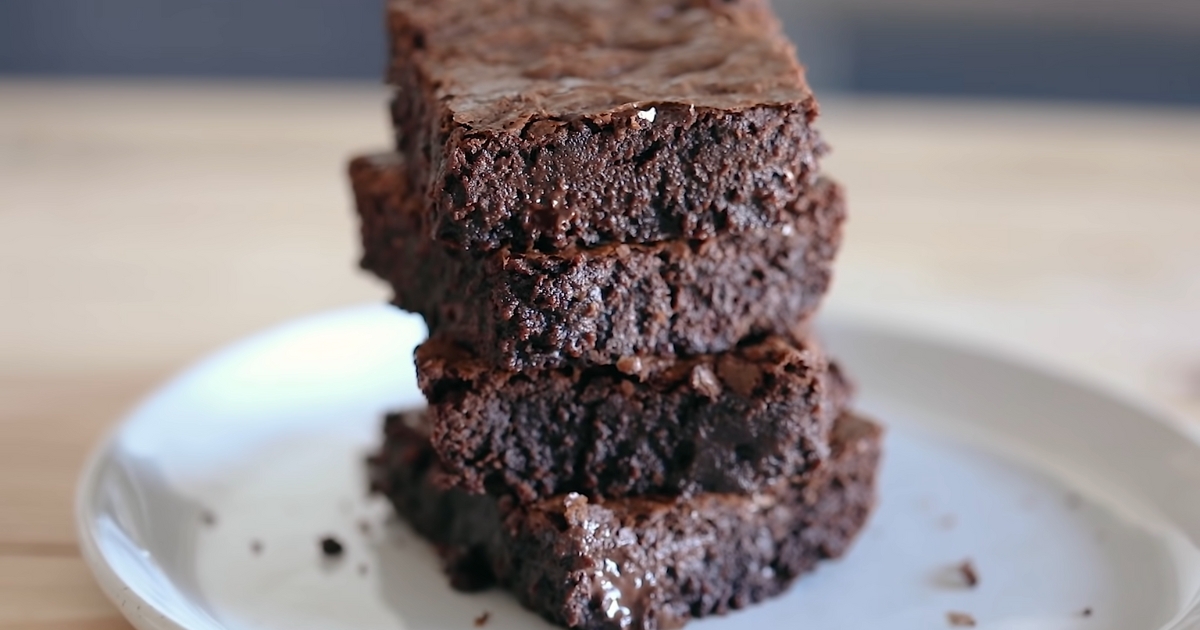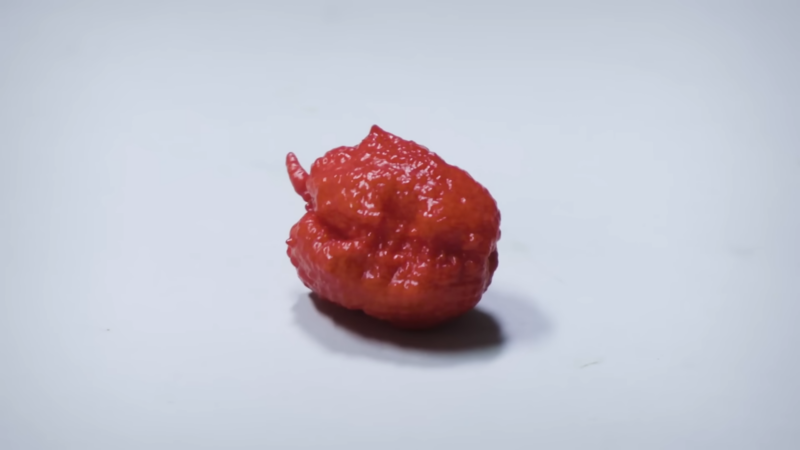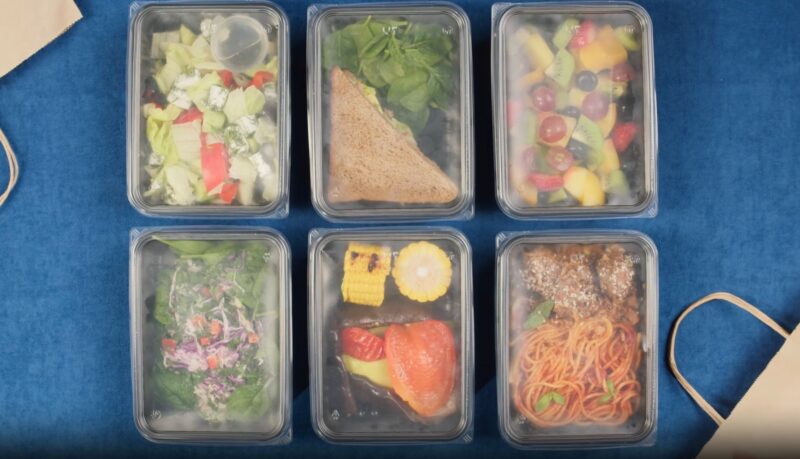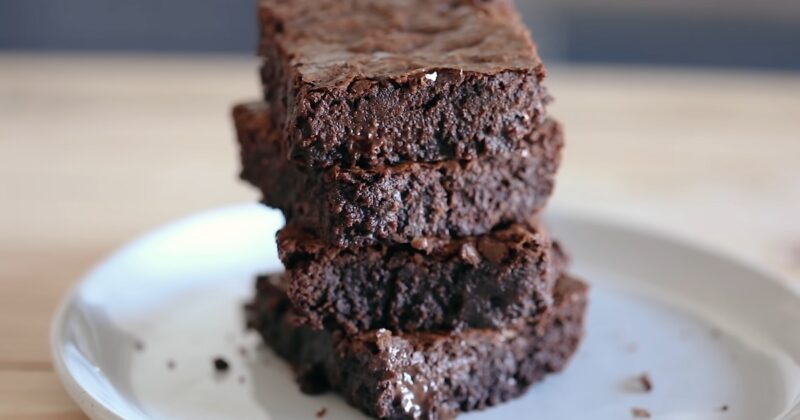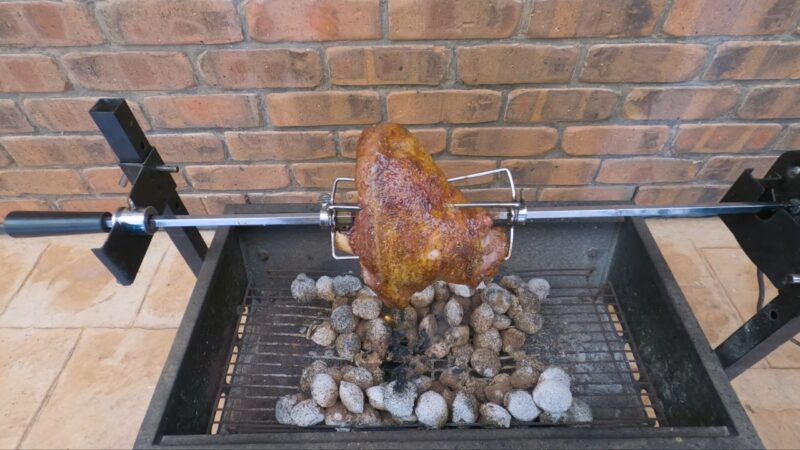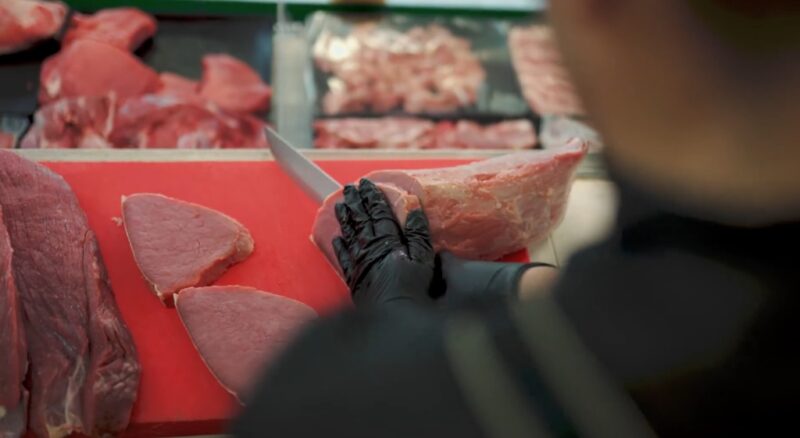
When it comes to home canning, meats are often the most daunting to tackle. Not only are they more perishable than fruits and veggies, but they also require meticulous attention to detail to ensure a safe and long-lasting product. But what if you’ve got all that sorted out, and you’re left with the question—Which home canned meat lasts the longest?
Read on as we are talking about the world of home canning, specifically focusing on the longevity of different types of canned meats. We’ll explore the factors that influence how long your home-canned goods last, tips for maximum shelf life, and even talk about the different types of meat and how each holds up over time. Buckle up; we’re about to can like you’ve never canned before.
Table of Contents
ToggleBasics of Home Canning
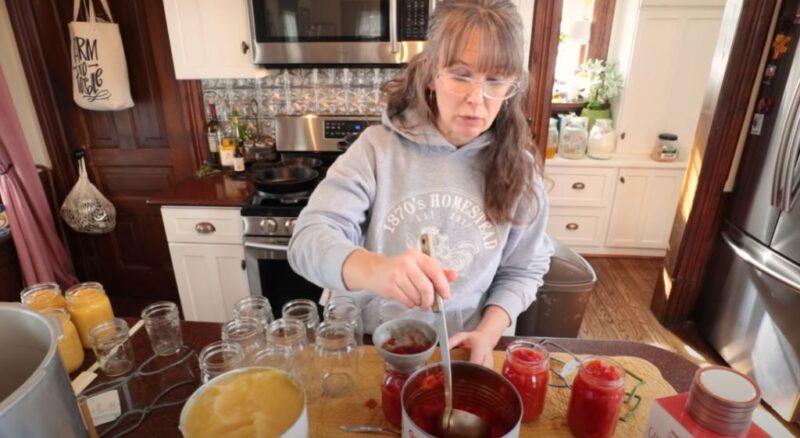
Home canning is an age-old process of preserving food in sealed containers to extend its shelf life. Essentially, the food, in this case, meat, is heated to a high temperature to kill off any bacteria and then sealed in a sterile environment to prevent spoilage.
Why Can Meat at Home?
First of all, it’s a fantastic way to save money. Buying meat in bulk and canning it can result in significant savings over time. Secondly, canned meat comes in handy in emergencies. Whether it’s a natural disaster or an unexpected guest, having it in your pantry can be a real lifesaver.
Safety First
Before we jump into longevity, let’s get one thing straight: Safety comes first. Home canning involves handling raw food, and improper canning can lead to food poisoning or even botulism—a potentially fatal illness. Always adhere to the USDA’s guidelines on home canning and ensure you’re using a pressure canner for meats.
Factors Affecting Longevity
Type of Meat
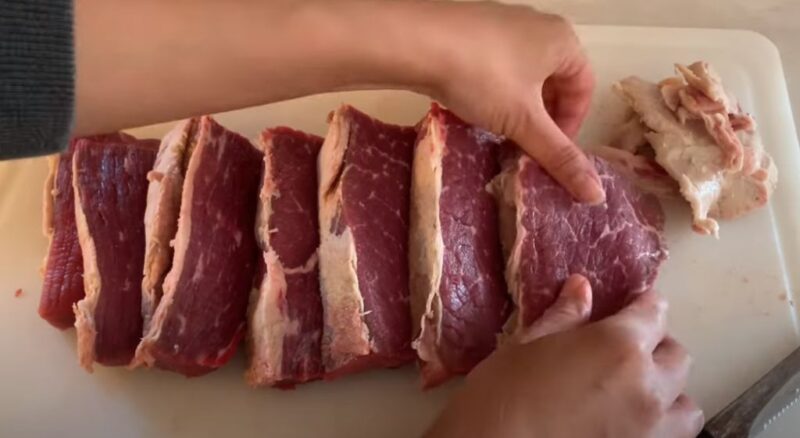
Different types have varying fat content, water activity, and other intrinsic factors that affect how long they last when canned. For example, lean meats like venison may have a different shelf life than fatty ones like pork.
Storage Conditions
The environment where you store your canned goods plays a critical role in how long they last. Optimal conditions are cool, dark, and dry places. Exposure to heat and light can compromise the quality and safety of your canned goods.
Quality of Raw Material
Remember, the fresher the meat, the better it will hold up over time when canned. Always opt for high-quality, fresh meat, and make sure to can it as soon as possible after acquiring it.
Different Types of Canned Meat
Beef
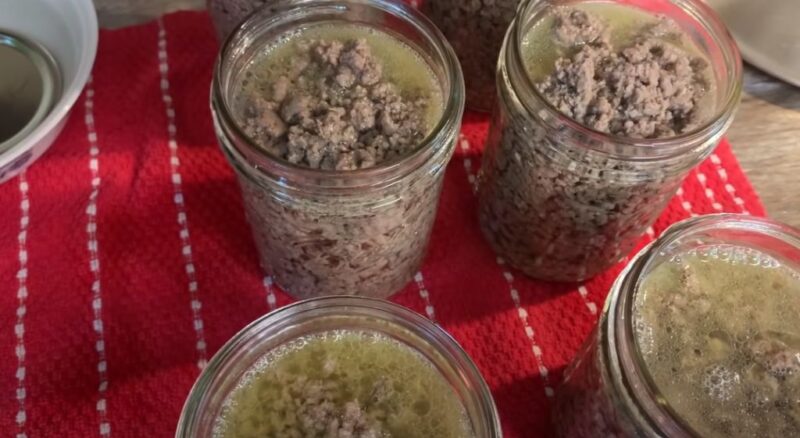
- Lean Cuts: Cuts like sirloin and tenderloin, which have lower fat content, often last longer when canned.
- Ground Beef: This variety may not last as long due to a higher surface area exposed to bacteria, even after the canning process.
Beef is a staple in the world of canned meats, with canned beef stew or pot roast being popular choices. Its relatively low fat content, especially in leaner cuts, can offer a longer shelf life than more fatty meats.
Chicken
- White: Generally has less fat and can be stored for an extended period.
- Dark: Though flavorful, it has a higher fat content that may slightly reduce the shelf life of canned products.
Whether in soups or as shredded chicken for a multitude of recipes, canned chicken offers great versatility. Plus, it can last a long time when canned properly.
Pork
- Lean Cuts: Think loin or tenderloin for longevity.
- Fatty Cuts: Bacon or sausage may not fare as well in the long-term storage game.
The versatility of pork makes it another popular choice for home canning, but its generally higher fat content may slightly compromise its shelf life when compared to leaner meats.
Best Practices for Maximum Shelf Life
Use a Pressure Canner
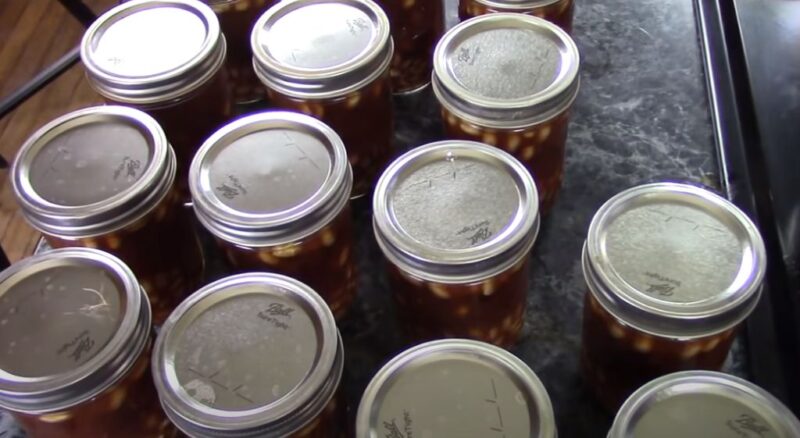
The USDA recommends using a pressure canner for all low-acid foods, including meats. This method ensures that the interior of the jar reaches the high temperatures needed to kill any bacteria or spores.
Sanitize Your Equipment
- Wash jars, lids, and any other equipment thoroughly.
- Sterilize jars by boiling them for at least 10 minutes before filling.
Label and Rotate Stock
- Clearly mark each jar with the date it was canned.
- Rotate your stock to ensure you’re using older products before newer ones, maintaining quality.
Advanced Tips for Maximizing Shelf Life
Experimenting with Vacuum Sealing
Why Consider It: Vacuum sealing the meat before canning can reduce the amount of air and, therefore, oxygen in the jar, which could potentially extend the shelf life of your canned goods. Caveats: It’s important to note that vacuum sealing should not replace pressure canning for meats. The latter is necessary for ensuring that harmful bacteria are killed off.
The Role of pH

Why It Matters: Acidic environments are less conducive to bacterial growth. Some people add a touch of vinegar to their canned goods to lower the pH.
Word of Caution: While lowering the pH can have preservative effects, it can also affect the texture and flavor of the meat. Plus, it should not be considered a substitute for proper canning techniques.
Use of Preservatives
Common Preservatives: Salt and sugar are sometimes used in canning meats.
Should You Use Them: While these can add flavor and have some preservative qualities, they’re not enough to replace the need for proper canning procedures.
More Types of Meats to Consider
Fish
- Salmon: Due to its oily nature, salmon is often better consumed within the first year of canning.
- Tuna: A lean fish that can have a longer shelf life when canned properly.
Fish offers a wealth of nutritional benefits and can be a delicious part of your canned repertoire. However, fish generally has a shorter shelf life compared to terrestrial meats, primarily due to its fat content and higher risk of spoilage.
Game
- Venison: A lean meat that holds up well in canning.
- Rabbit: Another lean option with potentially longer shelf life.
Game meats can be an exciting addition to your home canning adventures. They often have less fat, which can contribute to a longer shelf life when canned properly.
Mixed
- Stews: These are typically mixtures of meats and vegetables.
- Meatloaf Blend: A blend of beef, pork, and sometimes veal.
Mixed meats are a fantastic way to enjoy a meal straight out of the jar. However, the shelf life may vary depending on the combination and other ingredients used.
The Science Behind It All
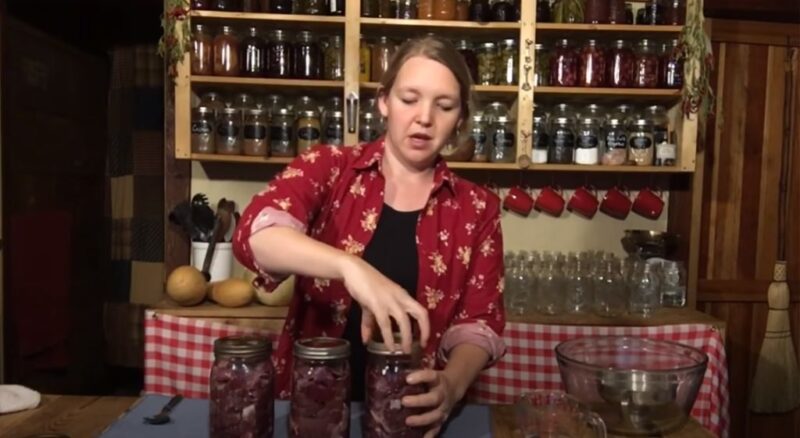
Why Heat Matters
The heat during the canning process is crucial for killing off bacteria, yeasts, and molds that could spoil the meat. However, the application of heat also destroys some nutrients and changes the texture, so it’s a bit of a trade-off.
Role of Water Activity
Water activity in the meat influences how well it can be preserved. Lower water activity means less available water for microbial growth, making the meat less prone to spoilage.
Oxidation and Its Impact
Oxidation is the process where meat reacts with oxygen, leading to rancidity and spoilage. Proper canning techniques, along with vacuum sealing as mentioned earlier, can help reduce the risk of oxidation.
FAQs
Is the “best before” date the same as the expiration date?
No, the “best before” date is an inventory management tool and does not indicate that the food will be unsafe to eat after that date. It’s more about quality, freshness, taste, and color.
What does the National Center for Home Food Preservation say about the shelf-life of home-canned meat?
The National Center for Home Food Preservation recommends using home-canned goods within a year for optimal quality. However, the food will still be safe to eat as long as the seal is intact.
What happens if I store my home-canned meat in less than ideal conditions?
Higher storage temperatures can lead to spoilage and deterioration of quality, although it may not necessarily make the food unsafe to eat.
What should I do with home-canned meat that is older than a year?
If the seal is still intact, the food is safe to eat but may have diminished quality and nutrient value. It’s best to use these items before newer ones.
Can I store opened jars of home-canned meat in the fridge?
Yes, once opened, low-acid pressure-canned foods like meat should be stored in the fridge and used up in 2 to 3 days.
Does the type of lid affect the shelf life of home-canned meat?
No, the type of lid does not affect the shelf life. Whether it’s BPA-free or not, the guideline for best quality remains one year.
What are the ideal storage conditions for home-canned meat?
Storing home-canned foods between 50°F and 70°F (10 to 21 C) is ideal. It’s best to keep them in a cool, dry, dark place.
Is it safe to consume home-canned meat that shows signs of discoloration?
Discoloration may indicate a loss of quality but not necessarily a safety issue. If the seal is intact, the food is generally safe to eat.
Are there any exceptions to the one-year rule for home-canned goods?
Some specific products, like home-canned Lemon Curd, have a shorter shelf life of 3 to 4 months for best quality.
Closing Thoughts and Key Takeaways
Home canning meat can be a rewarding experience, both in terms of cost-savings and the satisfaction of having a well-stocked pantry. However, the question of longevity does not have a one-size-fits-all answer. Various factors, from the type of meat to storage conditions, play into how long itt will last.
- Lean types like chicken and certain cuts of beef generally last longer.
- Always use a pressure canner and adhere to safety guidelines.
- Store your canned meats in a cool, dark, and dry place for maximum shelf life.
Related Posts:
- What Makes Japanese Chef Knives Special: Unveiling…
- Do K-Cups Go Bad and Expire? - Best Before Date and Storage
- What Is The Best Method To Freeze Carrot Raw Or…
- How Long Does Cooked Tofu Last? - The Right Storage for Tofu
- Which Is Better - Filtered or Bottled Water?
- 10 Best Aroma Rice Cooker 2023 - Which Model Is…
- Food, Home Canned, Meat, Shelf Life, Storage, Tips

